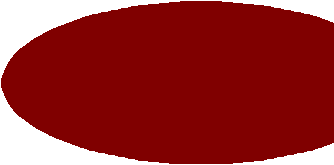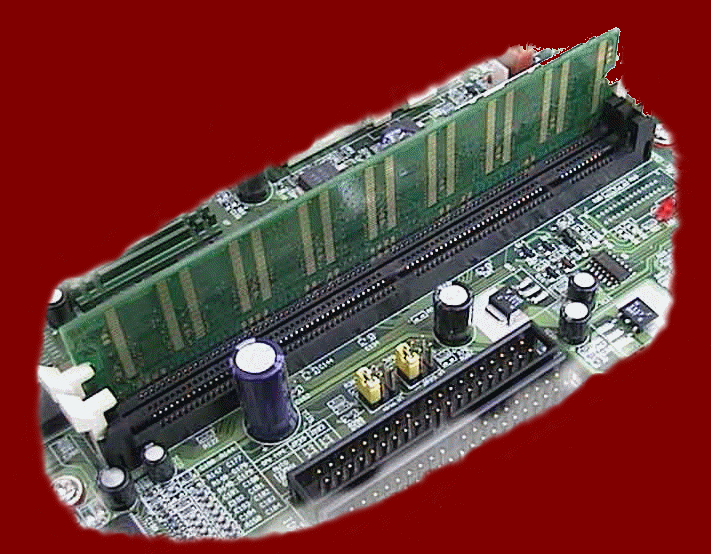System Memory or RAM
|
|
When you activate a program or application, the data stored on the hard drive is accessed, but the hard drive is massive in computer terms and to keep having to find the relevant data on a 20 Gb hard drive would slow the computer down drastically, so amounts of data for any application is transferred from the hard drive to RAM.
|
|
RAM or random access memory is where the computer stores the programs code and data so that the CPU can work with it. RAM provides a fast , temporary storage space from which your CPU draws the information it needs to execute a program or command.
|
It acts, so to speak, as a staging post between the hard disk and the processor, the more data it is possible to have available in the RAM the faster the PC will run. That is why people strive to have large amounts of RAM in there machines. Because RAM is only temporary when you switch of the computer all the information that was stored is lost.
|
|
The temporary storage capacity of RAM is measured in megabytes (million of bytes), and the speed of RAM is measured in ns (nano seconds). The fewer ns, the faster the RAM. Most P.Cs come with a minimum of 32 or 64 MB of RAM, but as explained earlier, with more and more complex programs more RAM is needed, so it is common to see 128 or even 256 MB of RAM in some computers. Ram is the easiest and probably most efficient way of making your machine faster, especially now the price of RAM has tumbled.
|
|
RAM comes in the form of �sticks� which are inserted in to slots on the motherboard, your memory capacity is limited to the number of RAM slots on your motherboard. There are many types of RAM, here are the most common types of RAM,
|
|
DRAM = Dynamic random access memory
|
EDO RAM = Extended data out random access memory
|
VRAM = Video random access memeory
|
SRAM = Static random access memory
|
SDRAM = Synchronous DRAM
|
SIMM = Single in-line memory modules
|
DIMM = Dual in line memory modules
|
|
An example of RAM inserted into a DIMM socket is shown here.
|
|
|
|
|
|













